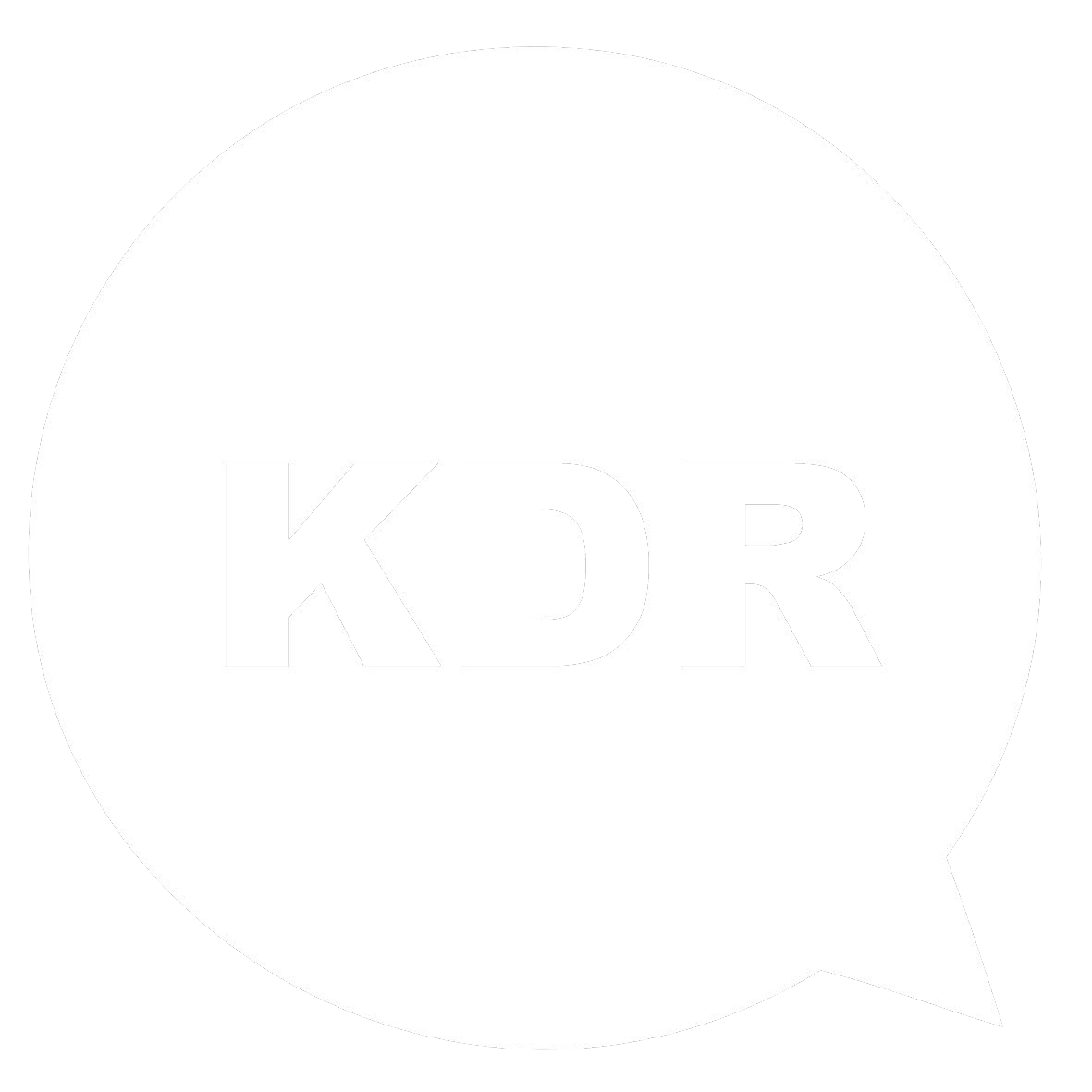Last month, Arts Orange County presented its annual Creative Edge Lecture at the Segerstrom Center for the Arts with guest speaker Tom Kelley of IDEO. He spoke about his experience using “design thinking” to help schools and businesses nurture a culture of creativity and innovation. He stressed that it’s not about all of us becoming artists (though it’s great to be an artist, of course), but that it’s this way of thinking that manifests into creativity in the classroom or in the workplace.
Kelley presented three ideas for all of us to consider in our work:
Redesigned MRI machine
1. Start with empathy. We won’t truly innovate or make meaningful change unless we put ourselves in other people’s shoes. For example, there’s a story from GE Healthcare of one engineer’s experience designing a new MRI machine. During a visit to one of the hospitals using the new machine, the engineer was shocked with the reality of the patient experience. 80% of children had to be anesthetized to get through the MRI scan. He chose to think differently and design for the real patient experience. The resulting MRI machine was a complete transformation, an adventure for children that reduced the anesthesia rate down to 10%.
2. Nurture a culture of experimentation. It’s OK to fail. In fact, it’s encouraged! James Dyson made a jaw-dropping 5,127 prototypes of his first vacuum cleaner, 5,126 of them failures. Kelley thinks we should try the “Art of Squinting,” the ability for leaders to squint and see the potential in a hair-brained idea vs. a rush to judgment based on past experience. We never know where the next big idea will come from. If we force perfection out of the gate, there’s a good possibility our students or employees will either (a) drop a potentially breakthrough idea or (b) waste time on bad ideas instead of getting tips, re-direction and moving closer to the big ideas.
3. Build by learning. Think of yourself as part student and part teacher. Be open to taking in new insights any time and from any source. Take a look outside your own organization for inspiration. The example Kelley gave was of the London’s Great Ormond Street Hospital that took inspiration from a Ferrari pit crew. Learning from the way the crew organized itself and coordinated maneuvers for maximum efficiency helped the hospital team reduce errors by 40%. He also spoke of the power of reverse mentors, those 5-10 years younger who provide new insight and a fresh perspective.
One of my favorite takeaways from the talk (and closing thought) was “vuja de.” Instead of déjà vu, which is our flash moments of familiarity, “vuja de” is the moment we see something we’ve never noticed before. Let’s remember to take moments during our daily routines to open up, recognize new opportunities and perhaps discover a new source of creativity. It’s in all of us!

